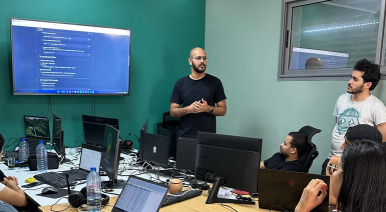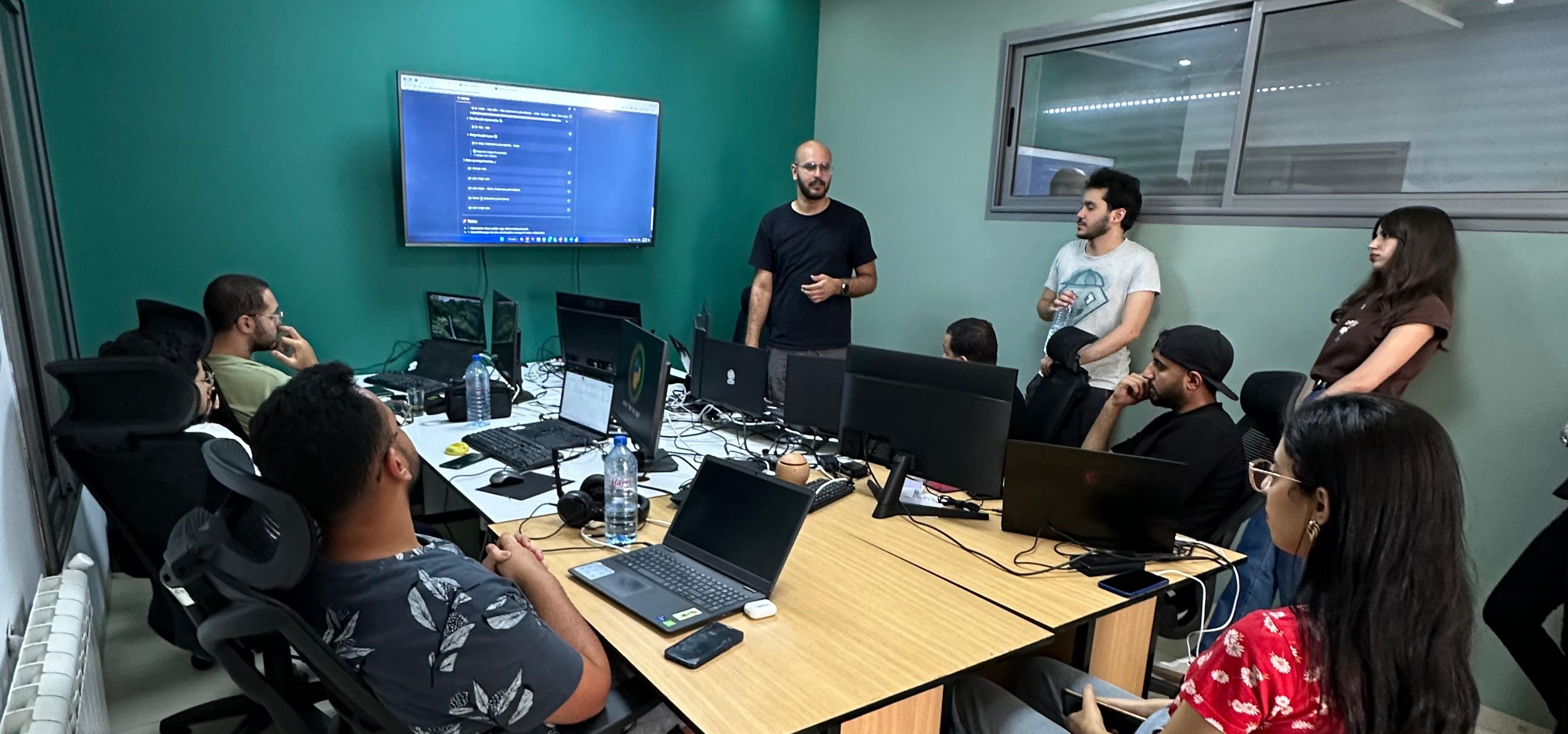Docker, Power BI and Python for Analysts
📅 Introduction
Recently, I had the opportunity to conduct a training session focused on equipping data analysts with the right tools and strategies to use GitHub more effectively in collaborative projects. In this session, I introduced a tailored workflow, inspired by GitFlow principles, that enhances project organization, storage optimization, and onboarding.
🧠 Why GitHub for Data Analysts?
While GitHub is widely adopted by developers, data analysts can also leverage it for:
- Version control of SQL scripts, Python notebooks, even Power BI dashboards.
- Collaboration across multi-functional teams.
- Tracking changes in data pipeline logic or dashboard definitions.
- Documentation and reproducibility of analyses.
🔄 A GitFlow-Inspired Workflow for Data Projects
Inspired by GitFlow, I introduced an adjustable and structured Git workflow suited for data teams:
✅ Key Concepts Introduced:
- Main Branches:
main: Shared-ready work.
- Task branches per project:
task/type_source_categorybug/type_source_category
- Team project folder setup:
- Each team or subgroup gets a dedicated folder inside the repo, e.g.,:
/team_project/ ├── data/ ├── scripts/ ├── dashboards/ ├── quality/ └── documentation/
- Each team or subgroup gets a dedicated folder inside the repo, e.g.,:

🎯 Advantages:
- Easier parallel development without conflicts.
- Clean and modular organization.
- Facilitates code reviews and traceability.
- Smooth handover and onboarding.
💡 Storage Optimization with Sparse Checkout
One key highlight of the session was demonstrating the use of Git Sparse Checkout.
This allows each analyst to clone only the folders they need, saving local disk space and improving load time.
How It Helps:
- Avoids unnecessary bloat from unrelated teams’ files.
- Improves performance for large repositories.
- Simplifies focus by isolating relevant project areas.
⚙️ config/ Folder for Environment Setup
To streamline collaboration and minimize environment mismatch issues, I introduced a config/ folder, which contains:
Dockerfileanddocker-composefiles for image definition and container built.requirements.txtfile for Python libraries.
This makes it much easier to:
- Onboard new team members.
- Maintain consistent development environments.
- Simplify handover between analysts.
📘 Structured Documentation
Finally, I added a comprehensive step-by-step documentation within the repo:
- 🚧 How to set up the repo and install dependencies.
- 🌿 How to create branches, name them and push changes.
- 🧪 How to test and review changes.
- 🧵 How to contribute and request code reviews.
- 👥 Best practices for collaboration.
This ensures:
- Clarity for every contributor.
- A reduced learning curve.
- Improved team autonomy.

🙌 Final Thoughts
By adopting a structured GitHub workflow tailored to data analysts, we empower teams to work faster, cleaner, and together. This system not only improves productivity but also builds the foundation for scalable and sustainable collaboration.
If you’re a data analyst or team lead looking to level up your workflow, consider integrating this workflow. The benefits are immediate and long-term.
